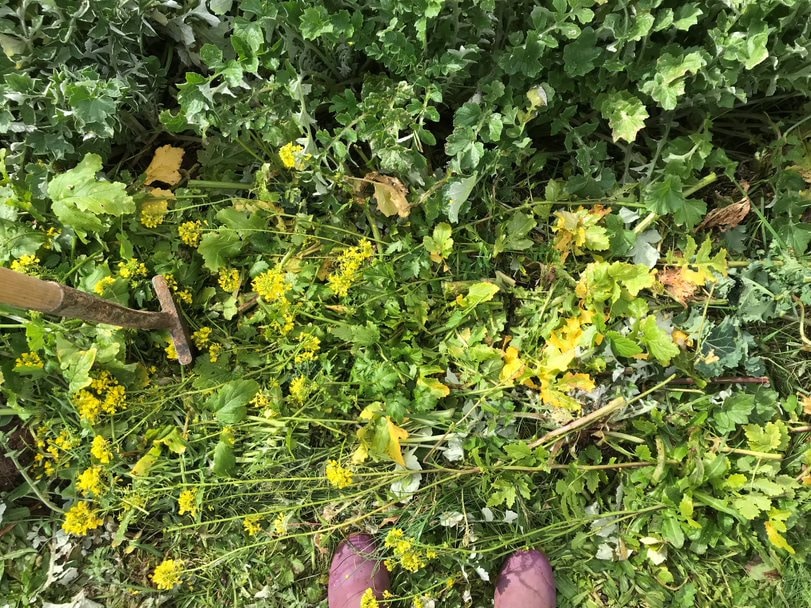Compost is a fantastic form of organic matter to add to your soil. It is generally made up of a variety of plants (both green and brown) and manures, layered together and allowed to decompose over a long period of time. Because it is made from a large range of materials it usually contains a wider range of nutrients compared to just using manures. The best type of compost is the one you make in your own backyard with food scraps and debris from your garden. Or, easier yet, come get some of our Permafert – all organic compost.
Worm farms are a fantastic way of converting your food scraps into an extremely nutrient and microbe rich food for your soil.
Plant matter can be added to your soil in the form of mulch which is basically dead or dried plants like oat, barley, sugarcane, lucerne or chipped up prunings which are a rich source of carbon. Generally mulch is layered on top of the soil simultaneously feeding the soil whilst also acting as a protective blanket for the creatures in the soil. Another way of incorporating plant matter into your soil is by growing green manure crops which are a rich source of nitrogen and nutrients.
Growing a Green Manure

Green manure crops are grown in the ground where you want to plant a heavy feeding crop like tomatoes or brassicas in the next season. it is a way of reinvigorating tired soil, feeding the worms and soil microbes as well as adding a big dose of nutrients and biomass. You can plant a ‘cool season’ green manure in autumn to prepare a bed for spring planting or a ‘warm season’ green manure in spring/summer to prepare a bed for autumn planting. You have to think well ahead with green manures however as it will be a minimum of 3-4 months from the initial sowing of the green manure seed to when the bed is ready for you to plant the next heavy feeding crop into it.
The key with planting a green manure crop is diversity. Use a mixture of seeds for annual plants that are either fast growing grain crops or legumes. I also go through my seed collection and throw in anything that is out of date or I have too much of. Ideally you would start with seed from at least 20 different plants. The grain crops (such as oats, barley, millet, buckwheat, sorghum, linseed) add bulk or biomass to the soil whilst legumes (such as peas, beans, vetch, clover and lucerne) are nitrogen fixing plants which as well as adding biomass also have the clever adaptation that they can harness atmospheric nitrogen, draw it down and store it in nodules on their roots in the soil. This makes the nitrogen available to other plants and microbes.
Seven Step Process to Growing a Green Manure is included in next post.
Sas Allardice
Vegetable Expert

0 Comments